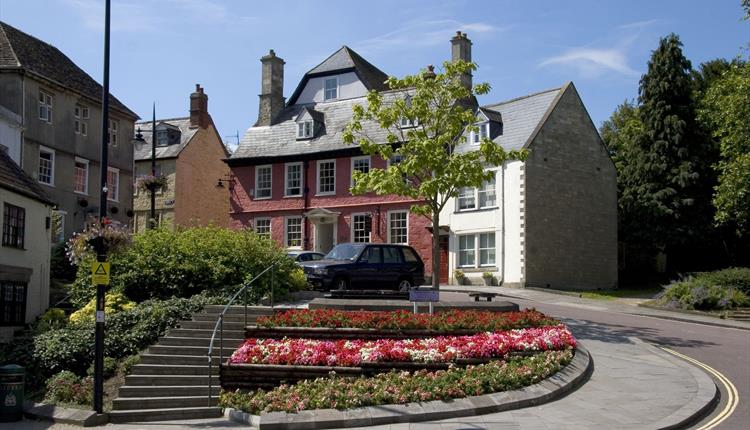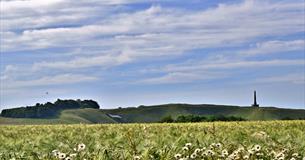About
No visit to Wiltshire is complete without spending time in Calne.
For a small town Calne packs in a lot of history. Its story begins around AD 978 through drover’s trails and coach roads, the rise and fall of canal and rail travel, woollen broadcloth and meat processing with the world famous Harris factory.
Did you know that Joseph Priestley “discovered” oxygen here whilst working at nearby Bowood House? Shortly after, Jan Ingenhousz built on the work of Priestley and “discovered” photosynthesis.
Visit Calne’s Heritage Quarter, concentrated around St Mary’s Church, to experience each chapter of its past in the Calne Heritage Centre, (open March –December), with two hours free parking nearby.
Today Calne is a great place from which you can discover the timeless wonders of Wiltshire. We are on the edge of the North Wessex Downs, an Area of Outstanding Natural. Nearby is the Cherhill White Horse, UNESCO World Heritage site of Avebury which includes Silbury Hill and West Kennet Long Barrow.
Why not plan a visit to the Atwell Wilson Motor Museum or the nearby REME Museum at Lyneham.
On our doorstep is magnificent Bowood House and Gardens, home to one of Capability Brown’s most splendid parks; a great place to spend a day or even longer.
The town hosts the annual Calne Bike Meet in July and the Calne Music and Arts Festival in October.
For travellers along the A4, Calne is a great place to take a break and wander our selection of independent shops and cafes, the delightful Castlefields Canal and River Park which was voted Local Favourite in the South West in 2022, and access the SUSTRANS Cycle route 403.
Visit Calne today and see what you can discover.

















 to add an item to your Itinerary basket.
to add an item to your Itinerary basket.